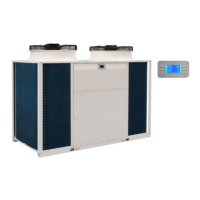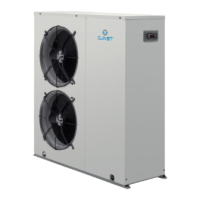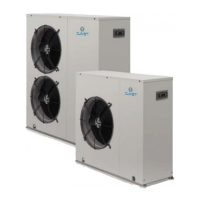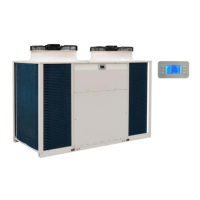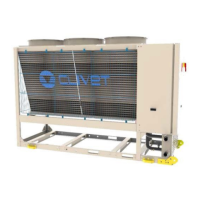Do you have a question about the CLIVET WSAN-XIN 18.2 and is the answer not in the manual?
Details risks associated with the unit and highlights the need for qualified personnel.
Defines the specific purpose for which the unit is designed and limits its use.
Covers outdoor installation requirements and verification of electrical line characteristics.
Advises on planning periodic inspection and maintenance to avoid costs.
Instructs to disable unit immediately and contact service agent for malfunctions.
Provides a step-by-step guide for safe and proper handling of the unit.
Provides criteria for choosing the installation place and avoiding airflow obstacles.
Details water quality requirements and potential issues with inadequate characteristics.
Provides measures to prevent freezing of the unit or water connections.
Shows a diagram of recommended hydraulic connections and lists components.
Provides a step-by-step guide for making electrical connections to the unit.
Gives guidelines for laying out signal and data cables to avoid interference.
Lists crucial checks before starting the unit, including power isolation.
Provides a detailed sequence of operations for powering on and starting the unit.
Covers grounding, conductor tightening, voltage checks, and phase balance.
Provides guidance on identifying, resetting, and managing unit alarms.
Outlines the recommended inspection frequency and factors influencing it.
Highlights common risk situations not controlled by the manufacturer.
Details risks associated with improper unit handling and anchorage.
Covers risks related to incorrect installation, water leaks, and gas accumulation.
Addresses risks from anomalies, contact with hot parts, and improper panel closure.
Warns about electric shock, fire risks from improper electrical connections and covers.
Details risks from contact with transmissions or fan aspiration and fan blades.
Covers risks from safety valve expulsion, heat sources, and refrigerant leaks.
Addresses risks from tubing defects and water projection causing short circuits.
